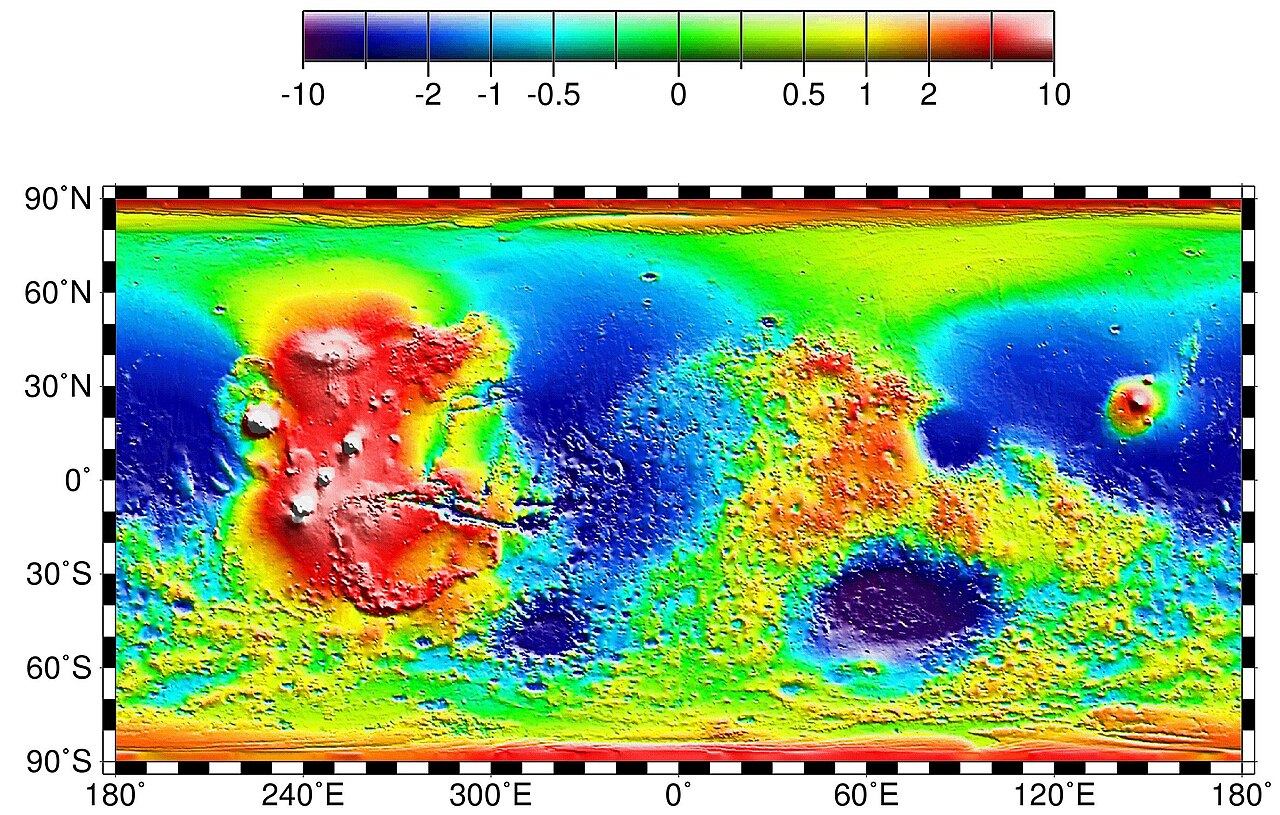There are two concurrent processes going on when a very high speed (>50kms) impact occurs. One is the compression of both the asteroid and the compression of the target. At these velocities the interstellar asteroid is compressed 2-5 times its normal density and its temperature will rapidly rise to over 50,000 (conservatively) degrees centigrade. I am pretty sure that describes a dense plasma that you might find deep inside a Star.
Here hold some in your hand and check it out

.
At that temperature almost anything is fairly conductive.
As the asteroid slows down it can only do so by converting kinetic energy (the energy of motion) to some other form of energy such a heat. It is also transferring heat to Martian Rock.
As more of its velocity is converted to heat the increasing asteroid plasma pressure (and volume) begins expanding into the solid rock that it is moving through.
If we assume that the impactor at Hellas Planitia were bigger and faster than normal say about 20km in diameter, made of stone (2.67g cm) and moving at 500,000 meters per second (500kms) we start to see why Mars was nearly destroyed.
This generates 3.3 e11 megatons of energy. 1.6 million times the human nuclear arsenal.
Multiply the human nuclear arsenal by 1.6 million and then place those bombs anywhere you want on Mars and then set them off simultaneously. I bet it leaves a mark.
As the asteroid moves through Mars it doesn’t slow down enough to stop when it exits. It might only be traveling 20 kms when it exits. It has expanded as it passed through the planet and decompresses (detonates) when it leaves the confining rock walls of the planet. Assuming that 10 % of its energy is expended when it decompresses that produces a blast of 30 billion megatons of energy.
Obviously, the predicted size and velocity of my interstellar asteroid is a bit off since Mars would not still be there.
Interstellar asteroids can punch through planets, they can also obliterate them.



